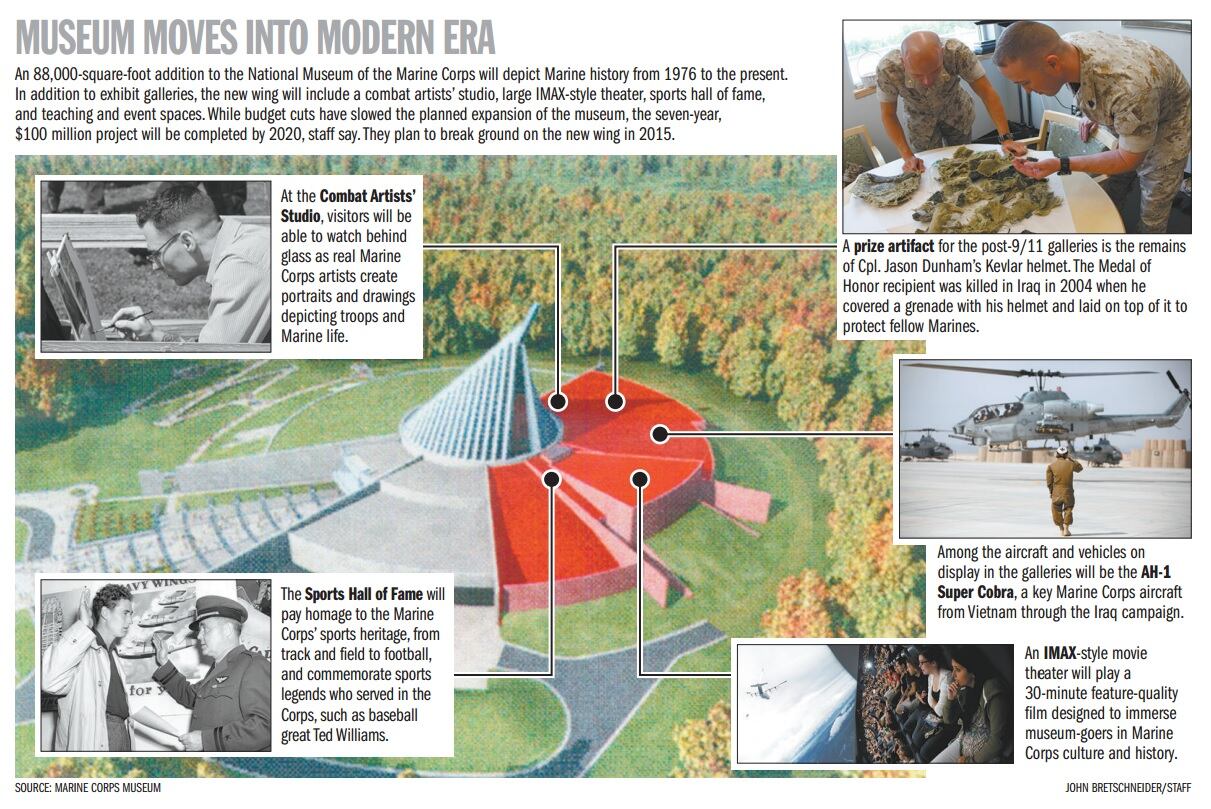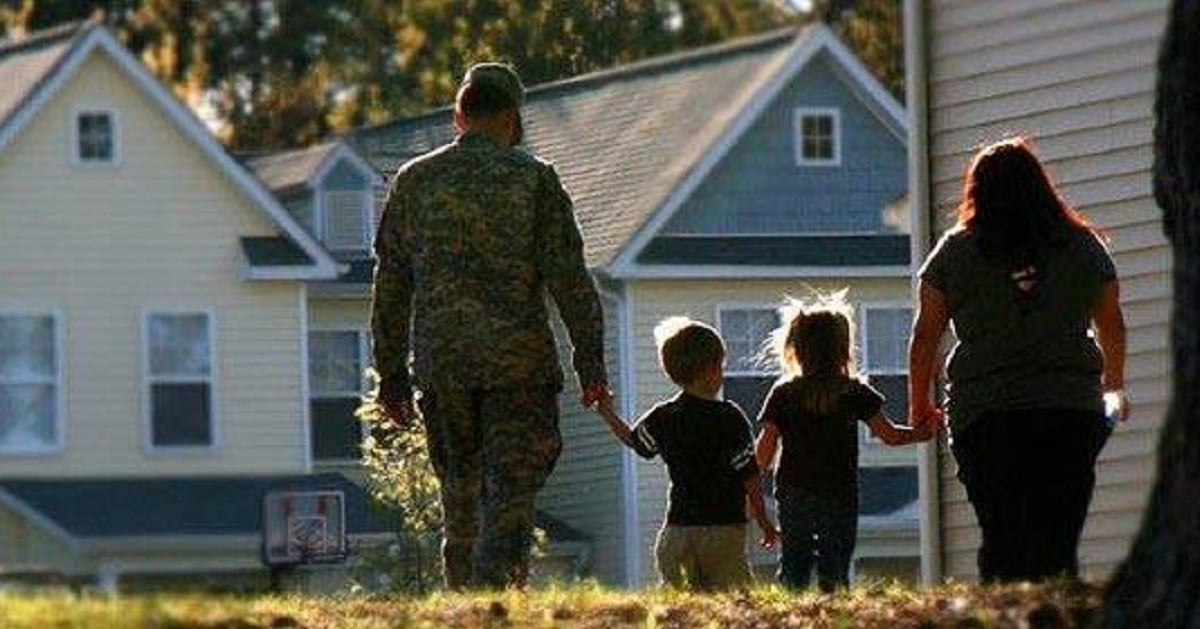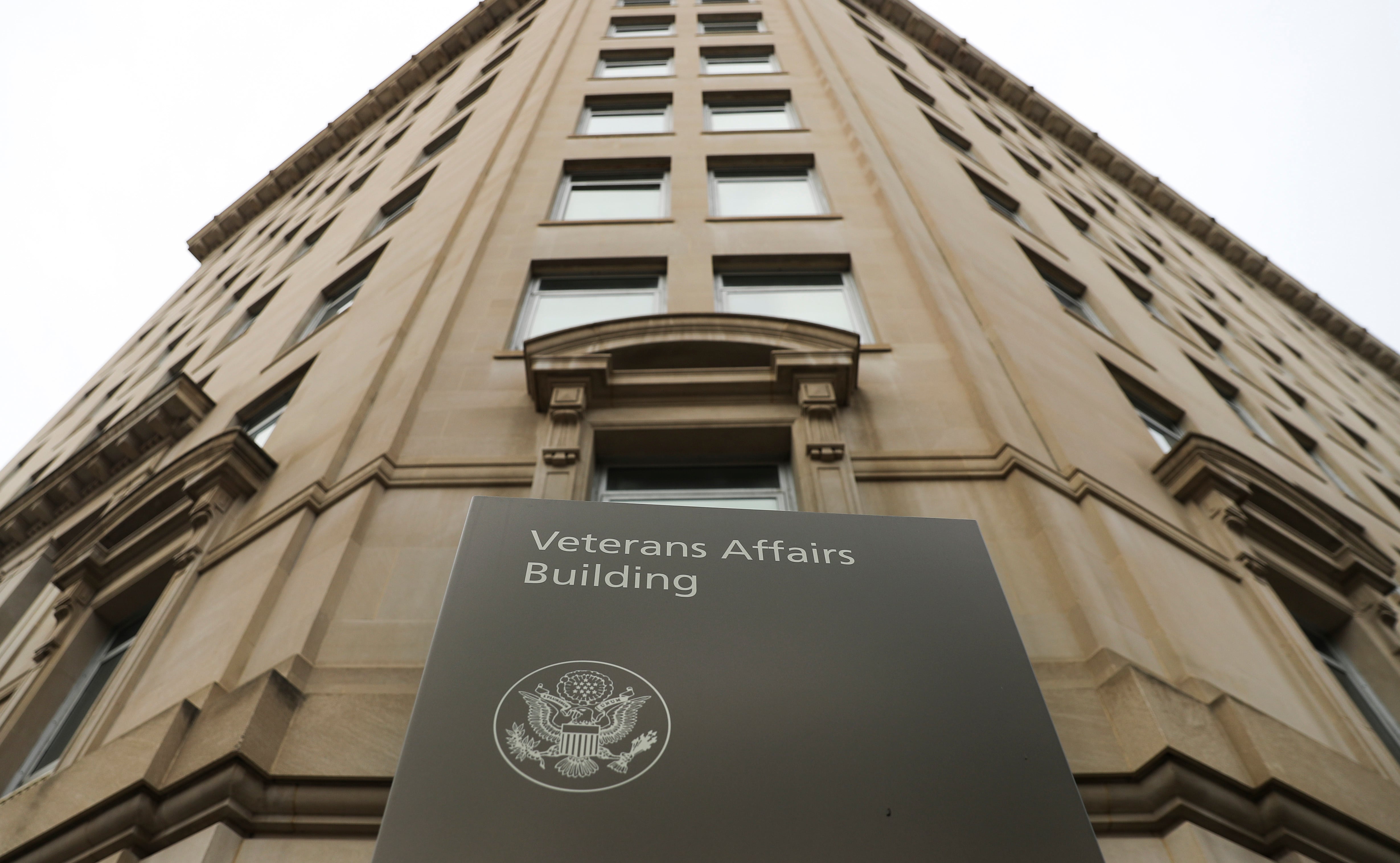When it's finished, tThe National Museum of the Marine Corps will honor more than just warriors in its new expansion, it will celebrate those who that took their fighting spirit to the playing field.
Officials broke ground on the estimated $100 million expansion project last month. Plans include a slew of new galleries and a larger focus on the Corps history since the Vietnam War, to include the lengthy and bloody conflicts in Iraq and Afghanistan.
But upon completion, the museum, located in Triangle, Virginia, will commemorate Marines who went on to further glory after hanging up their taking off the uniform. Though part of an overall gallery dedicated to the Corps and sportsmanship, a new the hall of fame will honor those who went above and beyond in professional or amateur sports.
"The goal is, like any hall of fame, to have inductees who were Marines who were well known for their professional and amateur sports accomplishments — professional sports heroes or Olympic athletes," said Lin Ezell, museum director.
But, she added, "It will be within the context of the greater story of the role of sport and sportsmanship within the Marine Corps."
Take, for example, Theodore S. "Ted" Williams. The winner of Major League Baseball's Rookie of the Year Award in 1939 received a draft notice in 1942, the same year he posted a .402 batting average. Near the season's end, the Boston Red Sox phenomenon signed up to be a enlisted in naval aviatorion.
Commissioned a 2nd lieutenant in 1944, Williams, who earned his commission in 1944, ended up serving in Hawaii under with the 3rd Marine Aircraft Wing in Hawaii. He went back to baseball after the war's end, but returned to active duty when the Korean War broke out, flying 49 combat missions.
Then there's Gilbert Ray "Gil" Hodges, who hit the first home run in the history of the New York Mets after fighting in the Battle of . After a stint taking Okinawa during World War II.
And don't forget fFootball star Charles "Charlie" Conerly will also be featured in the new hall of fame. Though he earned a scholarship to play for the University of Mississippi's gridiron gang, he passed on it to enlist after the attack on Pearl Harbor. After shuttling around the Pacific with the Marines, Conerly returned to school and football. He would go on to be a celebrated member of the New York Giants.
The museum will also at includes celebrateing the various baseball teams that sprung up across stateside bases, the accomplishments of modern-day wounded warriors and far off polo matches held in China and .
"In days gone by, when Marines were in isolated bases in foreign countries with little to do, in the down times these organized sports team were founded and they gave the Marines something to do, some good, healthy, physical competition and good esprit de corps," Ezell said. "It's a fun story, a lot more lighthearted than the other things we do, and I think the story is one a lot of people won't be familiar with."
Sports fans will have to wait, though. The gallery and hall is among the expansion's finishing touches. It would be complete until 2019 at the earliest, Ezell said.

The National Museum of the Marine Corps first detailed plans to its expansion in 2013.
Photo Credit: Staff
Debuting much earlier A much more recent addition will be a new gallery designed for children, expected to open in 2017. While the museum already has what it calls "Chesty's Corner" and "Chesty's Dock" exhibits — named for the legendary Lt. Gen. Lewis B. "Chesty" Puller — that are geared toward children, officials want to expand upon the idea. One of the surprises since the museum's opening has been the amount of young people visiting, Ezell said.
"We've been thinking ever since we opened, how do we go back and do things right; help younger visitors understand at least the concept of how Marines operated in various parts of history," she said.
But don't expect a visceral look at Marines in combat. Ezell said the exhibit likely will avoid the more graphic experiences Devil Dogs faced throughout the service's history.
Instead, it will focus more on educating children on its culture and the life and times of Marines when they played a pivotal role in the nation's history. Its grittier history through modern times will be waiting for them when they get older, Ezell said.
"How might a young Marine during the Revolutionary War write home? What would he write home about? How would that compare to a Marine in World War I? By the time we get to today we're using Skype and texting, so it's fun," Ezell said, giving an example of one activity planned for children. "The best you can do with a young visitor is make them somewhat comfortable with the era when the Marine Corps is operating at the time. …Certainly, you can only get so deep in the subject matter when you're talking about death, combat and enemies."
With construction underway, the museum's new additions, which include an M60 Patton tank and a UH-1N Huey helicopter, expect to be displayed in beginning in 2016. Work on the project will wrap up in 2020, officials said. When finished, the facility will more than double to 232,000 square feet.
Twitter: @DerrickTPerkins





